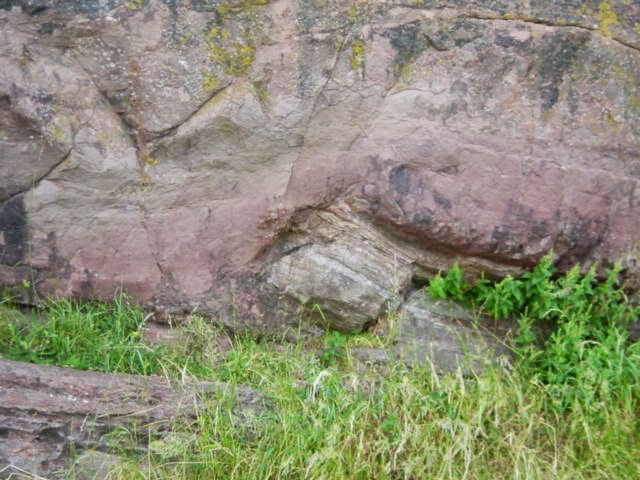Corals and Coral Bleaching
Healthy coral can be very colourful. Some coral reefs recently have started to look rather different. This is called ' coral bleaching '. To understand this, we need to start by looking at corals. Corals are animals that make a framework around them that looks like rock. Coral animals ( polyps ) have tiny plants - algae - living in their tissues. The algae provide food to the corals, which they produce by photosynthesis . Corals only live in a limited temperature range. Like porridge, they should be 'not too hot and not too cold'. Coral reefs are concentrated in a band around the equator, between 30 ° N and 30 ° S latitude. Algae in corals need light Corals grow in warm shallow waters that receive plenty of light Most corals grow in the warmest water they can stand (about 85° F or 29° C). This means that slight increases in ocean temperature can harm corals. High sea temperature is the main reason for coral bleaching.
